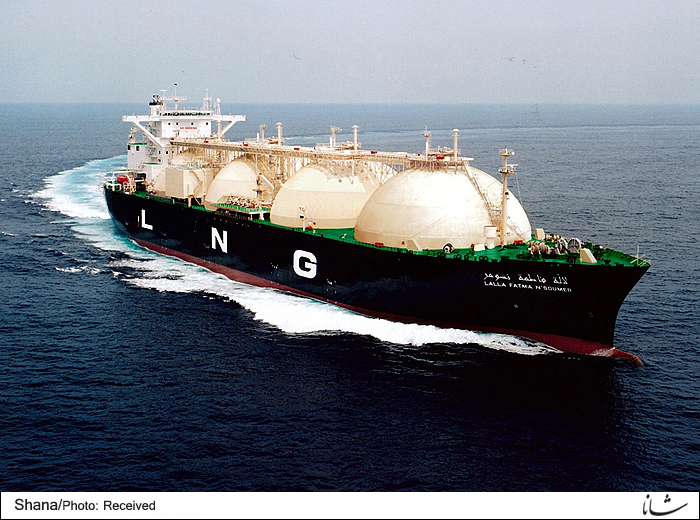In his address at Energy Security Summit 2015 which was entitled as "Crises and Prices: Energy Security Amidst Multiple Uncertainties", Iranian Minister of Petroleum Bijan Namdar Zanganeh said that the way of natural gas pricing does not justify construction of infrastructures for gas exports to Europe via pipeline
He said the Islamic Republic of Iran prefers to export its gas to Europe in the form of LNG.
Gas prices vary in different markets including the U.S, Europe and Asian markets. In the U.S, natural gas prices are very low due to deregulation, competition and abundance of natural gas and shale gas but in Asia, long-term contracts and oil linked prices of gas renders high prices while in European market gas prices are something between the U.S and Asian Market prices.
In 2013, the volume of gas trade rose by 15.1 bcm reaching 1,035.9 bcm of which 325.3 bcm was transported in the form of LNG and 710.6 bcm via pipeline.
Russia and Norway with 211.3 and 102.4 bcm were the world’s largest exporters of gas through pipeline respectively while Qatar ranked first in view of gas exports in the form of LNG with 105.6 bcm. Indonesia ranked second with 22.4 bcm.
In 2013, the Middle East was responsible for exports of 41.2 percent of total LNG exports, up by 2.4 percent against a year earlier.
The Middle East region took low share of 4.1 percent of gas exports via pipeline despite existence of large gas reserves in the region including South Pars gas field.
The Islamic Republic of Iran’s absence in LNG market and its very small share in gas exports via pipeline occur at a time when world gas market is growing rapidly.
According to Yamal LNG report, it is expected that Europe’s LNG imports will climb from 38 million tons in 2013 to 107 million tons in 2025. The report also predicts that the world will be facing as much as 50 million tons of LNG shortage up to 2020.
They also believe that LNG market will face shortage in the early years of the next decade unless production capacity of LNG goes up 90 million tons annually until 2020.
Had these projects been implemented as planned, the Islamic Republic of Iran would have been changed into one of the largest LNG exporters in the world. But taking power by former president and the subsequent tensions on nuclear program put a brake on advancing with the LNG projects whose construction was fully dependent on foreign investment and technology. NIOC removed the projects as the prioritized topics from the agenda unless Iran LNG project that the then-Minister of Petroleum Gholamhossain Nozari laid the groundwork for building it in 2007.
Slow pace in interaction with foreigners and investment in vital projects of the country is taking place at a time when Qatar extracts as much as 77 million tons of gas from the gas field annually. The country exported its 105.000th LNG cargo from South Pars in March this year.
It is clear that long-term sanctions against Iran’s oil industry, weak industrial management and hesitation in implementation of development programs either has impeded developing projects or has put them on hold.
Foreign investment and international oil companies’ return could pave the way for Iran’s oil industry to gain its real place in world trade and become an influential player at LNG and natural gas world market.


Your Comment